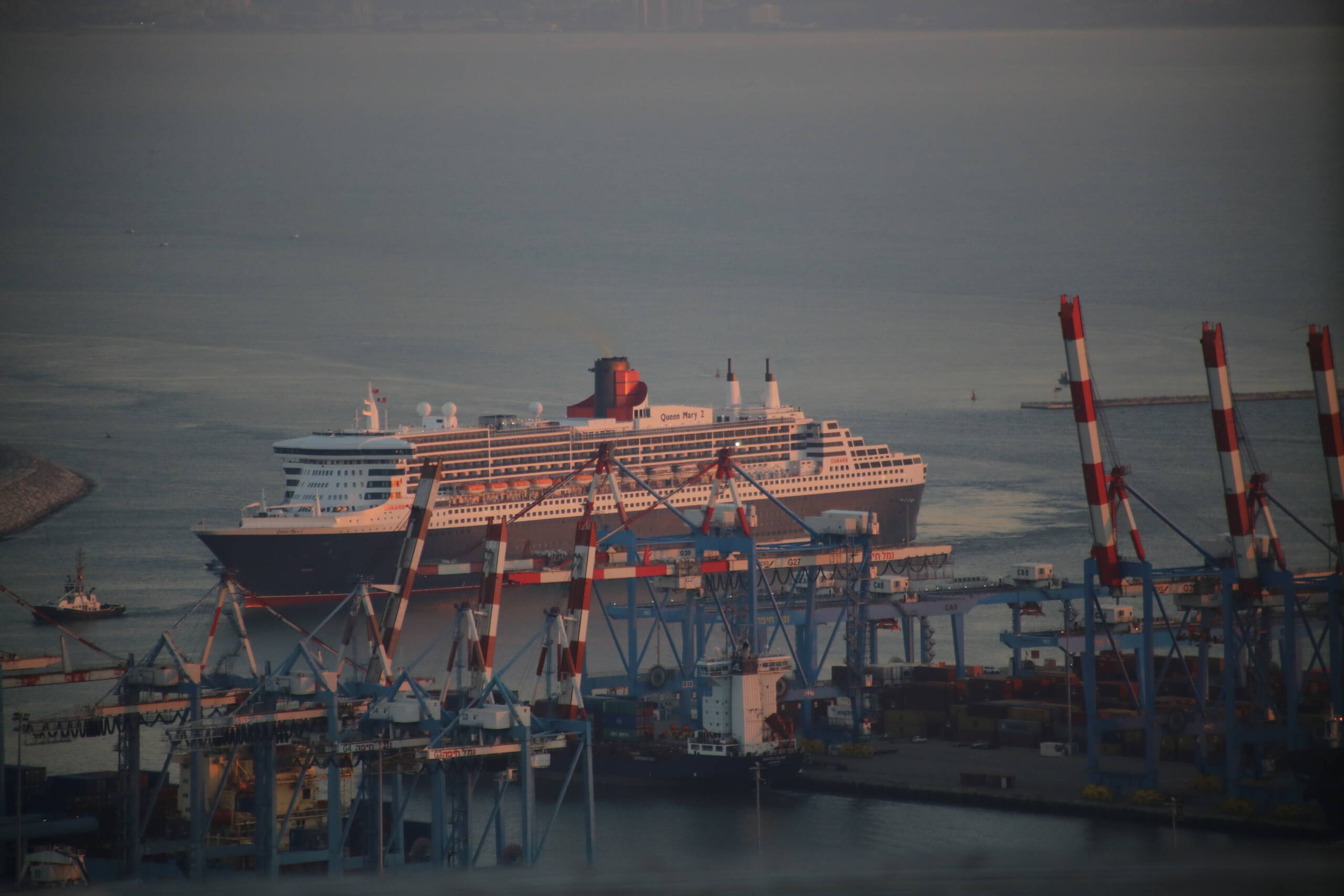There are moments when history, spectacle, and symbolism converge so perfectly that they almost seem scripted, and July 4, 2026, in New York Harbor promises to be one of those rare occasions. Cunard’s flagship, the majestic Queen Mary 2, will not only anchor the scene but take center stage during Sail4th 250, the official celebration marking the 250th anniversary of American Independence. This isn’t just another sailing; it’s the sort of voyage that blends maritime tradition, national pride, and sheer pageantry into a once-in-a-lifetime event.

Positioned at the heart of the harbor, Queen Mary 2 will serve as the host platform for NBC’s national broadcast of the celebrations, giving her guests the most privileged vantage point in the city. From this floating grandstand, passengers will watch the International Parade of Sail—the largest maritime gathering in New York in decades—featuring over 100 vessels. The lineup will include more than 50 tall ships from 30 nations, sailing alongside allied and U.S. Navy ships in a route sweeping from the Verrazzano-Narrows Bridge, past the Statue of Liberty, and up the Hudson River. The symbolism is hard to miss: liberty, unity, and international friendship all unfolding on the water while millions watch from the shores.
Life on board that day will feel like a curated festival at sea. The program includes performances by comedian John Joseph, whose quick wit and musical improvisations have won him a loyal following, and Vox Fortura, a British classical crossover group whose rich operatic harmonies mix seamlessly with soul. Cunard’s hallmark Insights lecture series will add depth to the day, with maritime historian Bill Miller, fondly called “Mr. Ocean Liner,” sharing stories of great ships past, and art historian Dr. Seth Gopin tracing how art and architecture have shaped cultural identity. It’s a thoughtful balance between entertainment and enrichment, reminding guests that this isn’t just a party—it’s history unfolding with context and meaning.
Then, as the light fades and the skyline begins to shimmer, the ship will turn to face Manhattan, offering guests an unobstructed view of the Macy’s 4th of July Fireworks. For those on deck, champagne glass in hand, the view will be almost unreal: fireworks cascading across the city’s silhouette, the Hudson glowing with reflections, and Queen Mary 2 herself a beacon of elegance amid the spectacle. Few places in the world could match such a moment.
After the crescendo in New York, the journey continues with calls in Newport, Rhode Island, and Halifax, Nova Scotia—destinations rich in maritime and colonial history—before returning to New York. The seven-night Independence Day Celebration Voyage (M614) departs July 3, 2026, designed to frame the 4th of July within a broader experience of North American heritage and Atlantic tradition.
For Cunard, whose ships have sailed into New York Harbor for generations, this event ties together legacy and modernity. Liz Fettes, Cunard’s SVP for North America and Australasia, highlighted the symbolic weight of Queen Mary 2’s presence, calling it “a truly memorable historical moment” that embodies both luxury and significance. Chris O’Brien, President of Sail4th 250, echoed that sentiment, noting how the ship’s presence injects prestige and international spirit into the event.
Over eight million people are expected to gather along New York and New Jersey’s waterfronts for Sail4th 250. Alongside the Parade of Sail, the six-day program includes an International Naval Review, a jaw-dropping aerial display by the U.S. Navy’s Blue Angels, and the nationally broadcast Macy’s fireworks. But for the select group lucky enough to be on board Queen Mary 2, the event won’t just be something to watch—it will be something to live from within, wrapped in Cunard’s signature blend of grandeur, service, and tradition.
This isn’t merely a cruise. It’s a chance to witness America’s 250th birthday from the deck of one of the most famous ocean liners in the world, surrounded by the very waters that shaped the nation’s story. A reminder, perhaps, that while history is often read in books or remembered in ceremonies, sometimes it’s best experienced with salt air on your face and fireworks bursting overhead.
Leave a Reply